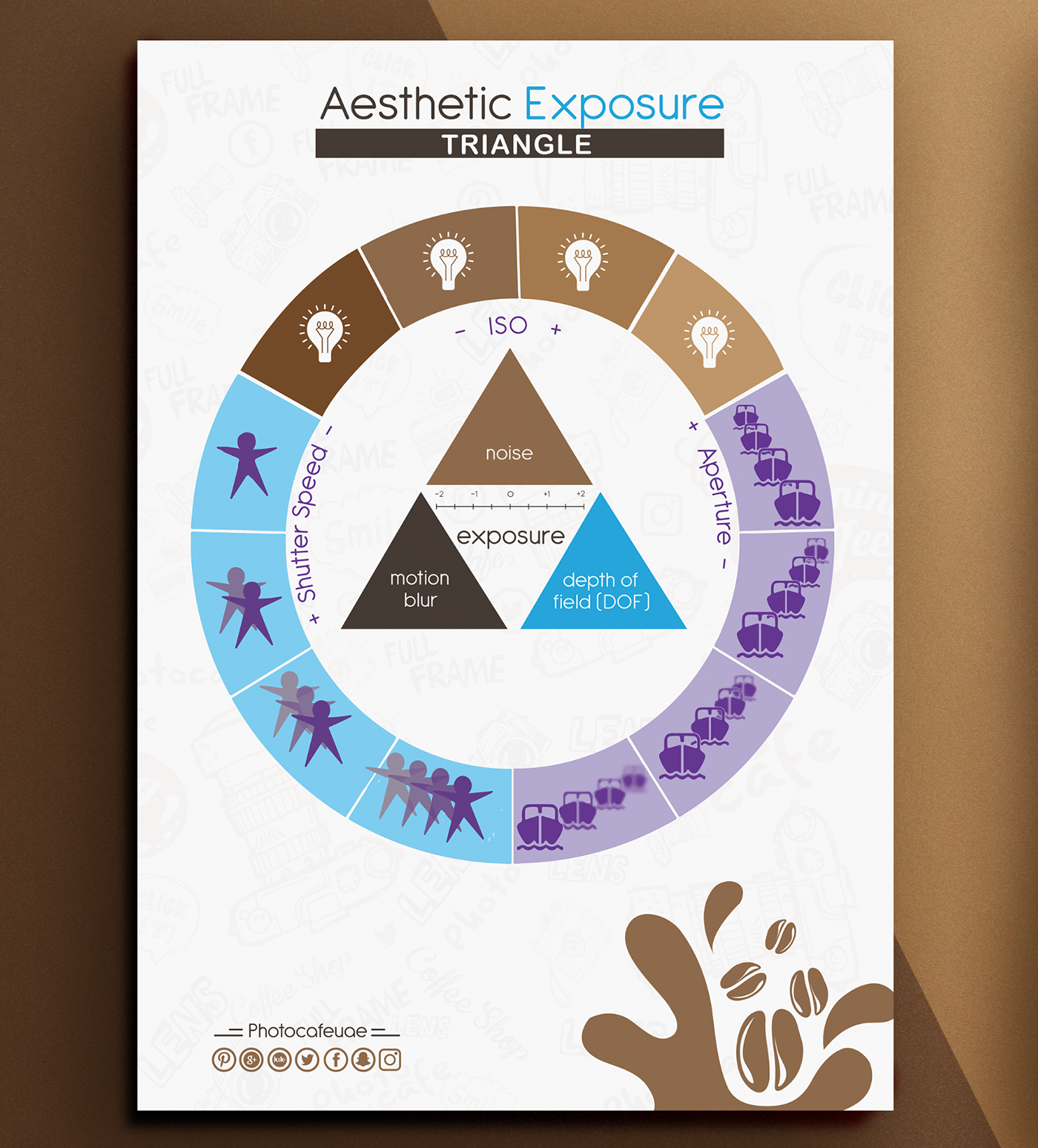Transform Your Photography By Grasping Illumination Techniques That Can Elevate Your Images-- Uncover The Typical Risks That Could Be Holding You Back
Transform Your Photography By Grasping Illumination Techniques That Can Elevate Your Images-- Uncover The Typical Risks That Could Be Holding You Back
Blog Article
Material Author-Parks Heath
As a photographer, you recognize that illumination can make or break your photos. Understanding the nuances of both natural and man-made light is crucial for catching the mood and clearness you go for in your job. Whether you're chasing after the perfect golden hour radiance or tweak your man-made arrangements, mastering these aspects can raise your photography significantly. However there prevail risks that several ignore, and identifying them can transform your technique to every shoot. Let's discover what you could be missing and exactly how it can impact your outcomes.
Recognizing All-natural Light
Comprehending all-natural light is critical for any type of photographer aiming to enhance their job. It's the foundation of excellent photography, influencing state of mind, tone, and quality. When you fire outdoors, focus on the moment of day. The golden hour-- quickly after sunrise and prior to sunset-- provides soft, cozy light that can transform normal scenes right into spectacular pictures.
http://pearline2lindsay.xtgem.com/__xt_blog/__xtblog_entry/__xtblog_entry/37575351-change-your-picture-photography-with-straightforward-methods-that-improve-lights-and-make-up-however-what-various-other-keys-could-take-your-photos-to-the-next-degree?__xtblog_block_id=1#xt_blog underestimate the power of cloudy days. Cloud cover diffuses sunshine, developing a soft, even light that's excellent for portraits and macro digital photography. You'll find colors appear this kind of lights without harsh shadows.
Positioning matters, also. Always consider your subject's alignment to the light source. If the sun's behind your topic, you may end up with a shape, which can be significant but mightn't be what you desire. Alternatively, straight sunlight can create uncomplimentary shadows.
Experiment with angles; in some cases, transforming your perspective can produce fantastic outcomes. Usage all-natural reflectors, like water or sand, to bounce light onto your topic, adding dimension.
Mastering Artificial Light
Mastering artificial light is necessary for professional photographers who wish to take their skills to the next level. Whether you're utilizing speedlights, workshop strobes, or constant lights, comprehending exactly how to control these resources can substantially enhance your images.
Beginning by familiarizing yourself with the essentials of light quality, direction, and shade temperature. Experiment with various modifiers like softboxes, umbrellas, or grids to control the softness or cruelty of the light.
You'll locate that soft light typically develops flattering outcomes, while harsher light can add dramatization and depth. Do not avoid shadows; they can boost the three-dimensionality of your subjects.
Pay very close attention to the positioning of your lights. A light positioned too near to your subject can create unflattering results, while as well far away can bring about a lack of detail. Use a light meter or your camera's histogram to ensure you're subjecting appropriately.
Lastly, remember that synthetic light can be blended with ambient light for creative effects. Stabilizing these sources might take method, once you master it, your photography will genuinely beam.
Methods for Different Situations
When you enter various capturing circumstances, adjusting your illumination strategies is crucial for recording the very best photos. For exterior portraits, use the gold hour-- morning or late afternoon light-- to soften darkness and improve skin tones.
If it's an extreme lunchtime sunlight, consider utilizing a reflector to jump light back onto your topic or seek shaded locations for a more even exposure.
In low-light circumstances, like indoor occasions, increase your ISO and utilize a wide aperture to allow in even more light. A tripod can assist eliminate cam shake, permitting longer direct exposures without blurring.
If you're shooting at night, experiment with off-camera flash to create dynamic lights and depth in your images.
For product digital photography, use diffused lighting to avoid extreme representations. Softboxes or light outdoors tents can assist achieve this effect.
When photographing landscapes, take into consideration the instructions of light and time of day, as it can significantly alter the state of mind of your shot.
Constantly be website to adjust your setups and placing based upon the circumstance, as versatility is key to understanding illumination in photography.
Final thought
In conclusion, understanding lights is essential to elevating your digital photography skills. Accept all-natural light's appeal throughout gold hour, and do not avoid explore fabricated light techniques. By adjusting your technique to various circumstances, you'll catch spectacular images that reverberate with feeling and clearness. Keep in mind, the best lights can change an average shot into something phenomenal, so keep exercising and fine-tuning your understanding of both all-natural and man-made light. Satisfied capturing!
